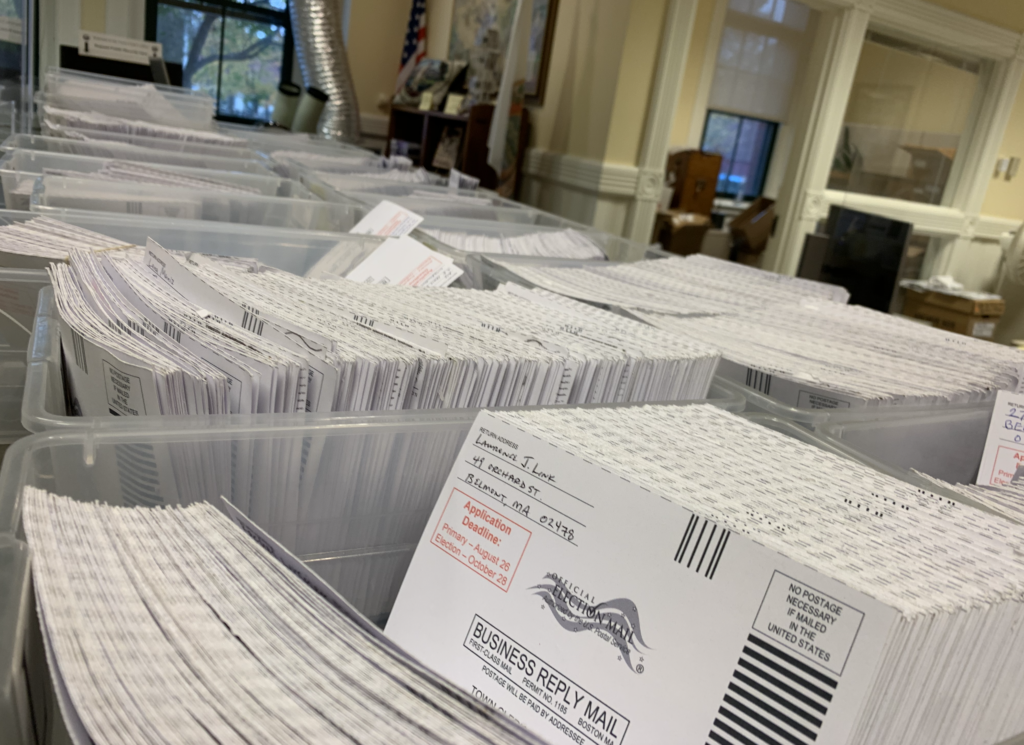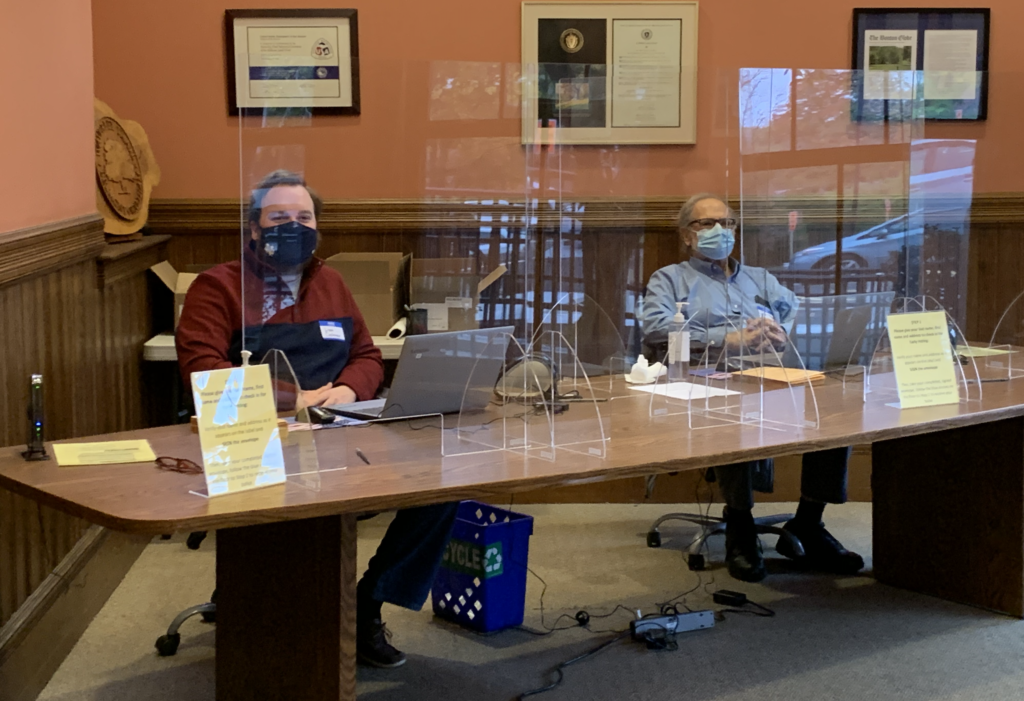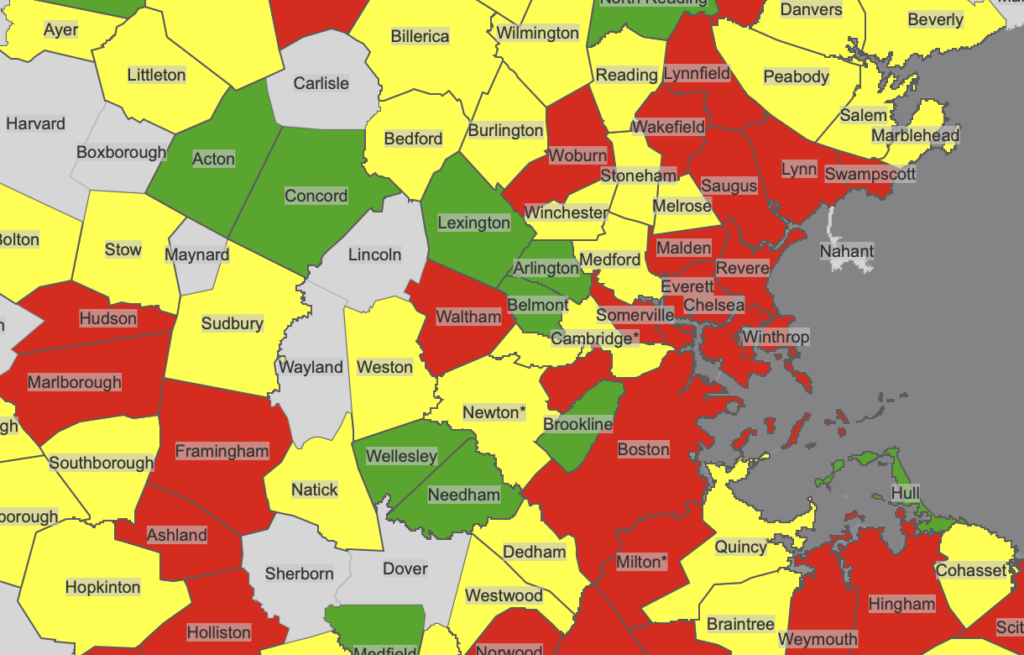Photo: Steve Dorrance
Steve Dorrance, Belmont’s influential director of facilities who held the job for the past two and a half years, has been hired by the city of Haverhill to maintain its 41 school and city buildings.
Dorrance is the third department director who has or is leaving Belmont’s Town Hall complex in the past month, joining Human Resources’ Jessica Porter and the Town Accountant Chitra Subramanian.
Dorrance’s final day in Belmont is Nov. 27.
In an announcement by Haverhill Mayor James Fiorentini, the city’s School Committee voted on Oct. 29 to provide the Georgetown native a three-year contract with an annual salary of $145,000. Dorrance’s current salary is in the $125,000 range.
Since 2018, Dorrance has been a prominent member of each of Belmont’s development and redevelopment projects including the $295 million Belmont Middle and High School as well as advocating for a greater investment in infrastructure and maintenance.
In an (Lawrence) Eagle-Tribune article, Haverhill School Superintendent Margaret Marotta said Dorrance’s experience taking a leadership role with Massachusetts School Building Authority projects was important to the department’s decision.
“Given our school buildings projects, which include several large-scale multimillion-dollar initiatives such as district-wide HVAC repairs, a new high school gymnasium roofing project nearing acceptance with the Massachusetts School Building Authority, and the ongoing Consentino School building project, in addition to our day-to-day and COVID-19 related custodial management and supervision expectations, we are particularly pleased to have such an impressive leader joining the team,” Marotta said in the article.


